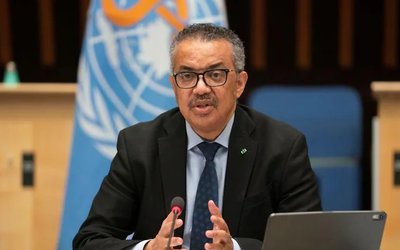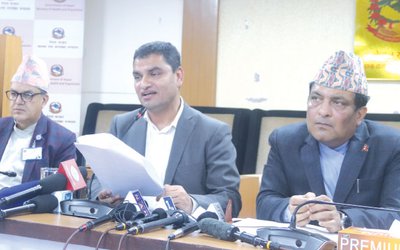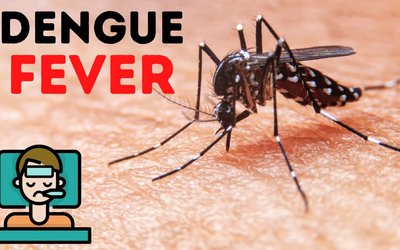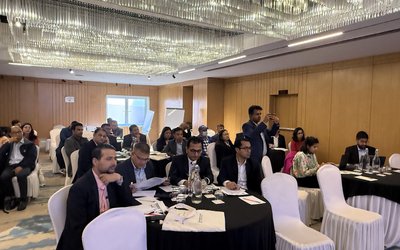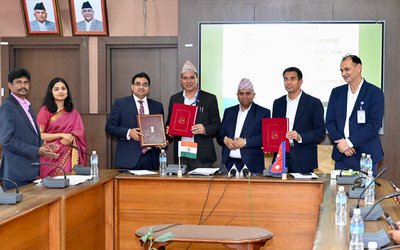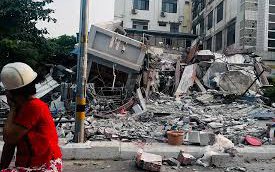
What on earth is Plantar (sole) Fasciitis ( inflammation)? This is a common problem of pain on the heel pad as shown in the picture. The plantar fascia is a band of tissue that runs from the heel and supports the arch of the foot. A story will help illustrate the problem. Forty-five year old Ram Bahadur was a surgeon in a local hospital who started experiencing pain in his right heel even as he was operating on his patients. He would typically feel better for a short period of time when he soaked his feet in hot water. The pain was worse in the morning after he woke up and walked around. There was increased pain and tenderness when he pressed his finger on the soft pad of his heel ( picture). Other than this bothersome, dull ache in his right heel, he felt completely normal with no other complaints. There was no history of trauma or any neurological diseases. He took ordinary pain medicines which gave him some relief.
Individuals who spend a significant amount of time on their feet either walking, standing or running may be more predisposed as in the case of the surgeon who spent many hours standing and operating on patients. Athletes who are constantly pounding their feet on a hard surface are also liable to suffer from plantar fasciitis. Obese people and people > 40 also may suffer from this problem due to the excessive weight bearing and pressure on the heels for many years. Most experienced clinicians will make the diagnosis without doing any tests just based on the history and the tenderness on the heel on careful examination.
In Western countries where data are available up to 10 % of adults may have this kind of heel pain at least once in their lifetime lasting from days to months. The story of the surgeon as described above is indicative of “classic” plantar fasciitis. For many people it may be just heel pain with the first couple of steps in the morning with heaviness in the heel for the rest of the day. In some cases patients may have heel pain when standing up after prolonged sitting or they may have a dull ache in the heel at the end of a day. Some people may note that the heel pain occurs only after periods of vigorous exercise and this may be suggestive of what are termed “overuse” injuries. This kind of pain may decrease with proper warm up before exercising in a vigorous manner. In severe cases there may even be localized swelling in the heel if people persist on carrying out their regular exercises despite the pain.
Unfortunately there is no single, effective treatment for plantar fasciitis. Educating patients about their condition can be an integral part of therapy. Athletes with plantar fasciitis may need to modify their activity and opt for relative rest for a temporary period of time. Obese people will need to lose weight. Not walking bare feet and using shoes with good arch support and cushioned heels may help. Massaging and stretching the fascia in the morning, for example, by rolling the foot over a can may be beneficial. Besides taking ordinary pain medicines, using ice on the heel pad after exercise or just soaking the feet in warm water can provide temporary relief. Some doctors will inject steroids locally into the fascia, but this is more of a drastic measure for pain control. In most instances the pain will improve within a year or earlier even without any therapy. Importantly plantar fasciitis is not related to nerves as this is primarily a problem of muscle and connective tissue, so if there are any neurological symptoms ( numbness or weakness of the affected heel), an alternative diagnosis has to be sought.

Buddha Basnyat MD
Buddha Basnyat, MD, MSc, FACP, FRCP, Director of the Oxford University Clinical Research Unit-Patan Academy of Health Sciences, Kathmandu.
- Altitude Sickness
- Feb 20, 2018
- Post-earthquake Nepal: The Way Forward
- Dec 13, 2015
- The Annapurna Sanctuary
- Nov 29, 2015
- Diarrhea at the Summit
- Nov 08, 2015
- Altitude Sickness ( AMS, HAPE, HACE)
- Oct 15, 2015


